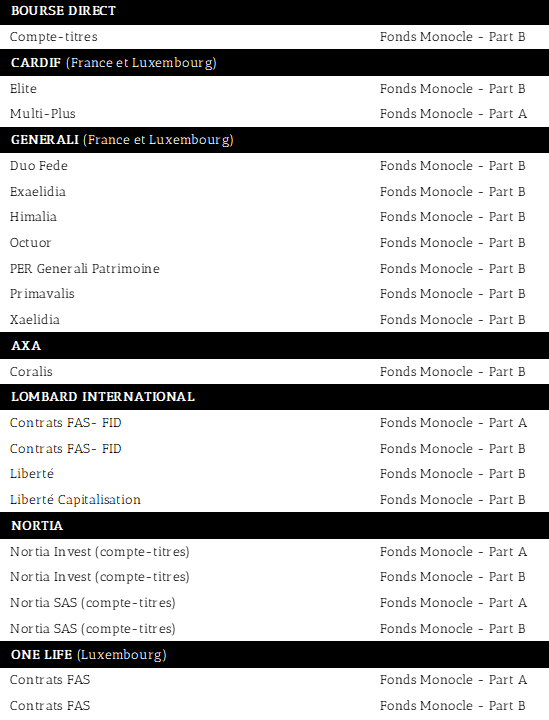
The Good, The Bad and The Ugly
22 November 2021
I told you in a previous billet : macroeconomics is not our primary expertise.
However, with such an explosive cocktail - explosive inflation, sea-level interest rates and stratospheric valuations - it is necessary to be a little concerned.
As of October 2021, US inflation was 6.2% for the year: a level not seen in more than 20 years. You might say: no problem, since companies are passing on cost increases to their end customers and wages are keeping up with the pace. So no worries there.
But then why did Ben Bernanke (Chairman of the US Federal Reserve Bank from 2006 to 2014) set a 2% inflation target as the main objective of the world's largest central bank?
Answer 1: because below 2% the economy is on the verge of deflation, a very unenviable situation that usually leads to a confidence crisis and a recession.
Answer 2: because above 2% the machine goes into overdrive, costs rise, so prices rise, so wages rise, so costs rise, so prices rise. You get the idea.
Answer 3: because wages have a lag effect behind price increases that are too high. You will perpetually feel like you have less purchasing power compared to the month before. Not necessarily pleasant.
So we need to fix the problem. To do so, central banks have the perfect tool: interest rates. Raise them and inflation will go down. Simple.
Except that: with financial markets so highly valued (the S&P 500 is paying almost 40 times), whose justification lies in low interest rates (it seems), there might be a problem.
Raising interest rates means increasing the cost of debt for an already over-indebted and deficit-ridden world economy: problematic.
Central bankers, like Clint Eastwood in The Good, the Bad and the Ugly (1966), are therefore faced with a dilemma: raise rates to calm the boom and risk the collapse of the indices, or keep them low to support the perpetual rise of the markets and see inflation go out of control.
Who will draw first? To be continued...
Have a great week,
Max
Disclaimer
This presentation is a promotional document. The content of this document is communicated by and is the property of Monocle Asset Management. Monocle Asset Management is a portfolio management company approved by the Autorité des Marchés Financiers under number GP-20000040 and registered with the ORIAS as an insurance broker under number 10058146. No information contained in this document should be construed as having any contractual value. This document is produced for information purposes only. The prospects mentioned are subject to change and do not constitute a commitment or a guarantee. Access to the products and services presented here may be subject to restrictions for certain persons or countries. Tax treatment depends on individual circumstances. The fund mentioned in this document (Monocle Fund SICAV) is authorized for marketing in France and possibly in other countries where the law permits. Before making any investment, it is advisable to check whether the investor is legally entitled to subscribe to the fund. The risks, costs and recommended investment period of the funds presented are described in the KIDD (key investor information documents) and the prospectus, available free of charge from Monocle Asset Management and on the website. The KIDD must be given to the subscribers before the subscription. Past performances are not a reliable indicator of future performances. Monocle Asset Management cannot be held responsible for any decision taken or not taken on the basis of information contained in this document, nor for the use that could be made by a third party. The investor may lose all or part of the amount of capital invested, as the funds are not capital guaranteed.
To unsubscribe or for any information request, you can email us at monocle@monocle.lu
